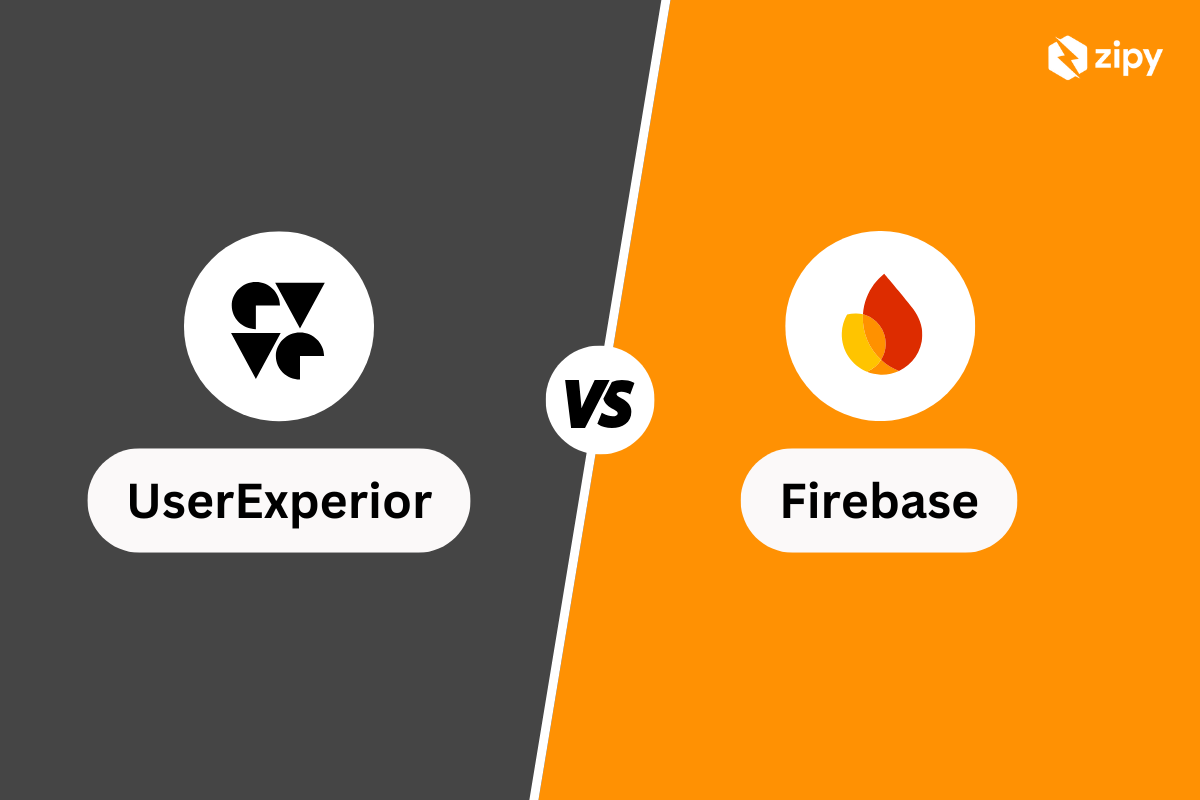Introduction
Vue.js, being a dynamic framework, may encounter type errors during development. Type errors occur when there is a mismatch in data types, leading to unexpected behavior or application failures. In this article, we'll explore common scenarios of type errors in Vue.js and discuss effective strategies for debugging and resolving them.
Catch errors proactively with Zipy. Sign up for free!
Try Zipy now
Scenario 1
Error code
<template>
<div>
<p>{{ message.toUpperCase() }}</p>
</div>
</template>
<script>
export default {
data() {
return {
message: null,
};
},
};
</script>
Corrected code
<script>
export default {
data() {
return {
message: null,
};
},
};
</script>
Solution Summary
In this scenario, a type error occurs because the toUpperCase() method is called on a null value. To resolve this, ensure that the message variable is initialized with a string value before using string methods on it.
Scenario 2
Error code
<template>
<div>
<p>{{ calculateTotal(5, '10') }}</p>
</div>
</template>
<script>
export default {
methods: {
calculateTotal(quantity, price) {
return quantity * price; // Type error: 'price' is a string instead of a number
},
},
};
</script>
Corrected code
<script>
export default {
methods: {
calculateTotal(quantity, price) {
return quantity * Number(price); // Corrected by converting 'price' to a number
},
},
};
</script>
Solution Summary
Here, a type error occurs because the price parameter is passed as a string instead of a number. To fix this, explicitly convert the price to a number using Number() or parseFloat().
Scenario 3
Error code
<template>
<div>
<p v-if="user.isAdmin">Admin</p>
</div>
</template>
<script>
export default {
data() {
return {
user: {},
};
},
created() {
this.fetchUserData();
},
methods: {
fetchUserData() {
// Assume API call to fetch user data
this.user.isAdmin = true; // Type error: Cannot set property 'isAdmin' of undefined
},
},
};
</script>
Corrected code
<script>
export default {
data() {
return {
user: { isAdmin: false }, // Ensure 'isAdmin' property exists
};
},
created() {
this.fetchUserData();
},
methods: {
fetchUserData() {
// Assume API call to fetch user data
this.user.isAdmin = true; // Corrected by initializing 'isAdmin' property
},
},
};
</script>
Solution Summary
In this case, a type error occurs because the isAdmin property is accessed on an undefined object. Ensure that the object structure is properly initialized before accessing nested properties to prevent type errors.
Handling Type Errors in Vue.js
To effectively handle type errors in Vue.js applications, consider the following best practices:
- Data Initialization: Ensure that all variables and data structures are properly initialized with appropriate data types before usage.
- Type Conversion: Use explicit type conversion functions like
Number(),String(), orparseInt()to convert data types as needed, especially when dealing with user input or external data sources. - Data Validation: Implement data validation mechanisms to check for expected data types and formats, preventing type errors before they occur.
- Testing and Debugging: Thoroughly test Vue.js components and methods to identify and fix type errors during development, utilizing browser developer tools and logging for debugging.
Proactive Error Debugging with Zipy
For comprehensive error debugging and monitoring in Vue.js applications, consider leveraging tools like Zipy. Zipy offers proactive error monitoring and session replay capabilities, enabling developers to identify and resolve type errors efficiently. By integrating Zipy into Vue.js projects, developers can streamline error debugging processes and enhance overall application stability.
Debug and fix code errors with Zipy Error Monitoring.
Sign up for free
Conclusion
Type errors in Vue.js applications can disrupt functionality and hinder user experience. By following best practices, implementing proper data handling techniques, and leveraging debugging tools like Zipy, developers can effectively manage and resolve type errors, ensuring smoother application development and deployment.
Resources on how to debug and fix Vue.js errors
- Decoding 14 Vue.js errors: A Vue.js debugging guide
- Vue.js Error Monitoring, Session Tracking & Reporting Software
- How to handle Vue.js Syntax Errors?
- How to handle Vue.js Reference Errors?
- How to handle Vue.js Lifecycle Hook Errors?
- How to handle Vue.js Template Compilation Errors?
- How to handle Vue.js Custom Directive Errors?
- How to handle Vue.js v-model Errors?
- How to handle Vue.js v-for Errors?
- How to handle Vue.js v-if/v-else Errors?
- How to handle Vue.js Component Registration Errors?
- How to handle Vue.js Event Handling Errors?
- How to handle Vue.js Vue Router Errors?
- How to handle Vue.js Vuex Errors?
- How to handle Vue.js Async Operation Errors?
Frequently Asked Questions
Q: How common are type errors in Vue.js development?
A: Type errors can occur frequently, especially in dynamically-typed languages like JavaScript. However, with proper data handling and validation practices, their occurrence can be minimized.
Q: Can type errors lead to application crashes in Vue.js?
A: Yes, depending on the severity of the type error and how it's handled, it can potentially lead to application crashes or unexpected behavior.
Q: What are some common causes of type errors in Vue.js applications?
A: Common causes include improper data initialization, incorrect type conversions, and accessing properties on undefined or null values.
Q: How can I efficiently debug type errors in Vue.js applications?
A: Efficient debugging involves thorough testing, using browser developer tools for inspection, and employing logging techniques to trace data flow and identify the source of type errors.
Q: Can Zipy help with debugging other types of errors in Vue.js applications?
A: Yes, Zipy provides comprehensive error monitoring and debugging capabilities, assisting developers in identifying and resolving various types of errors, including type errors, in Vue.js applications.
Key Takeaways
- Ensure proper data initialization and validation to prevent type errors in Vue.js components.
- Use explicit type conversion functions to handle data type inconsistencies effectively.
- Thorough testing and debugging are essential for identifying and resolving type errors during Vue.js development.
- Proactive error monitoring tools like Zipy offer valuable insights and assistance in debugging type errors and maintaining application stability.
.svg)





.png)
.png)




.webp)